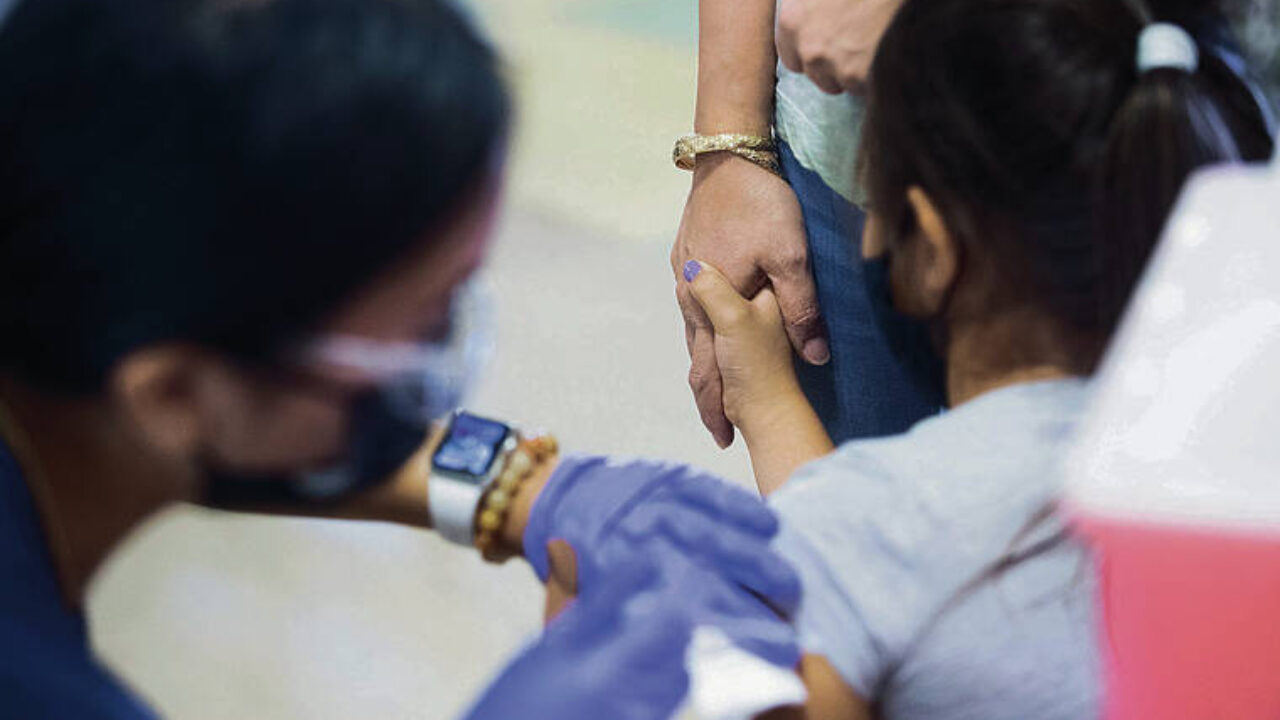A new Aloha United Way report on Hawaii families experiencing financial instability estimated the annual “household survival budget ” for a family of four in 2021 at $104, 052.
A new Aloha United Way report on Hawaii families experiencing financial instability estimated the annual “household survival budget ” for a family of four in 2021 at $104, 052. That’s up 15 % from 2018 when the amount needed to cover essentials such as housing, food and health care was placed at $90, 828.
The 2021 figure drops to $85, 812 when assorted earned income and child tax credits are factored in, underscoring “the significant impacts tax credits can have on a household’s bottom line, ” according to a news release announcing the findings of the “ALICE in the Crosscurrents : COVID and Financial Hardship in Hawai ‘i ” report.
ALICE, an acronym for “asset limited, income constrained, employed, ” refers to people who are employed but whose income barely covers essential expenses. These households earn above the federal poverty level and often don’t qualify for public assistance.
According to the “Crosscurrents ” report, 41 % of households in Hawaii in 2021 had income below the ALICE threshold, which is determined by comparing household costs with household income. Those households included both ALICE families and those with income below the federal poverty level of $30, 480 for a family of four.
Further broken down, out of the 490, 101 Hawaii households in 2021, almost 30 % were ALICE families that fell below the threshold, and about 11 % were living in poverty.
That compares with 42 % of households falling below the threshold in 2018 but only 9 % living in poverty, according to the 2020 ALICE report. And newer estimates from 2022 indicate those figures have increased to 44 % overall and 15 % living in poverty, according the AUW news release.
“Many ALICE households were always one financial crisis away from poverty and some of our worst fears as a community have been realized, ” AUW President and CEO John Fink said in the release. “Families who were barely able to make it before COVID-19 couldn’t weather the impact of the pandemic, inflation, and the wild cost of living increases.”
The “Crosscurrents ” report is based on the U.S. Census Bureau’s 2021 American Community Survey, the first such data available since the start of the coronavirus pandemic, and “ALICE in Hawai ‘i : 2022 Facts &Figures, ” released in December. It was prepared by AUW, the national United for ALICE and a research advisory committee whose members include officials with the University of Hawaii Center on the Family, the Hawaii Appleseed Center for Law and Economic Justice and the Hawaii Medical Service Association.
Nationally, 22 other states had a higher percentage of households below the ALICE threshold in 2021 than Hawaii, the report said. Alaska had the lowest percentage at 32 % and Mississippi the highest at 52 %.
Hawaii’s tax credit-adjusted household survival budget of $85, 812 for a family of four includes estimated monthly costs of $1, 937 for housing and utilities, $1, 690 for child care, $1, 575 for food, $809 for health care and $681 for transportation, among other essentials.
To cover those expenses required earning a full-time wage of $42.91 per hour, the report said.
For a single-senior household, the survival budget was $41, 064 ; for a single adult, $36, 912, which required a wage of $18.46 per hour.
The report also provides a demographic breakdown of Hawaii households with financial hardship in 2021 that shows ethnic, gender and geographic disparities. For example :—Forty-nine percent of Native Hawaiian /Pacific Islander households and 50 % of Black households were below the ALICE threshold in 2021, compared with 37 % of Asian households and 43 % of white households.—Single-parent families were most likely to fall below the threshold, with 61 % of households headed by single males and 76 % of households headed by single females struggling to make ends meet. The figure was 26 % for married-parent households and 44 % for single, cohabiting households without children.—Neighbor island families fared worse, with 42 % of households on Kauai, 47 % on Hawaii island and 49 % on Maui falling below the ALICE threshold, compared with 39 % of Oahu households.
The “Crosscurrents ” report advocates for policies and actions to help build financial security for local families by reducing household expenses and increasing tax credits, wages and assets such as homeownership.
Some of that is already happening, to a degree. In 2022 the state raised the hourly minimum wage to $12, with a series of increases reaching $18 an hour in 2028. This year’s Legislature increased the earned income tax credit, food /excise tax credit and household and dependent care services tax credit, and expanded child care options and rental assistance for some older residents.
Source: Yahoo News







